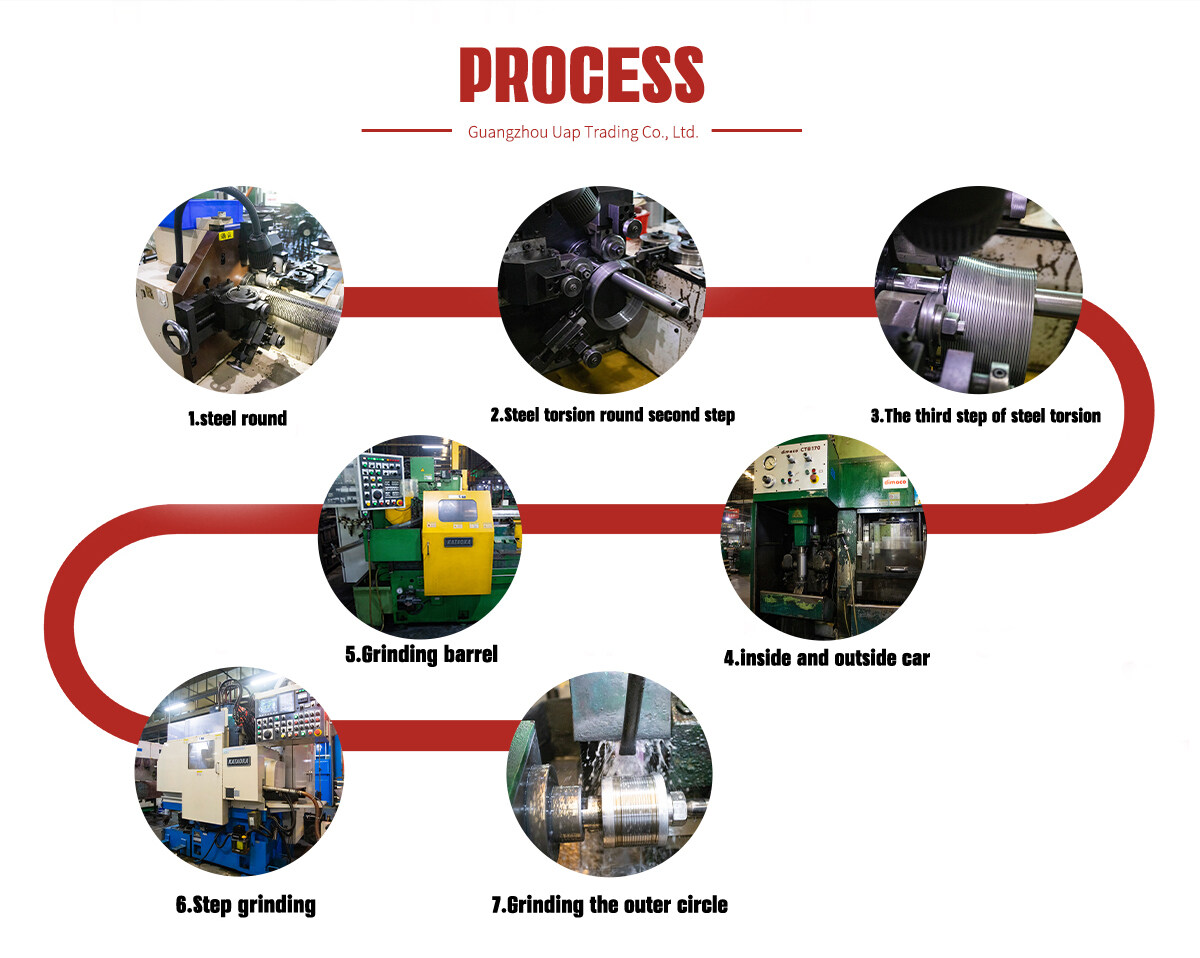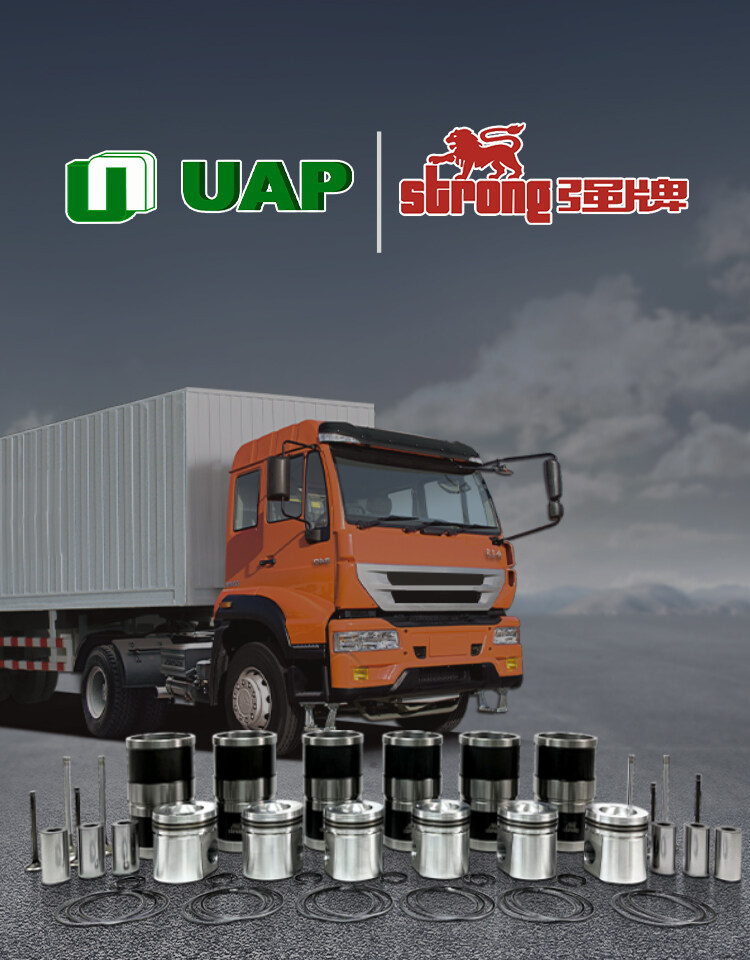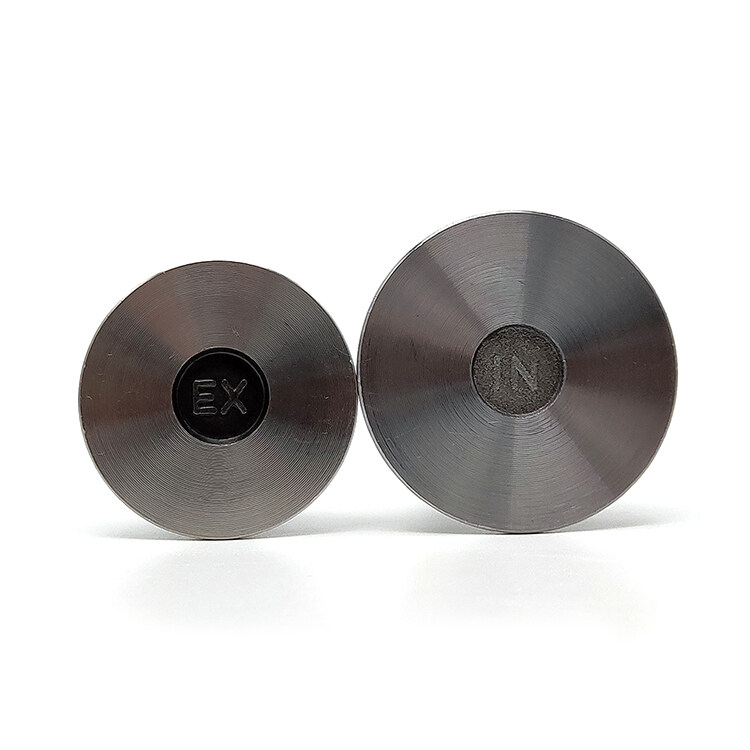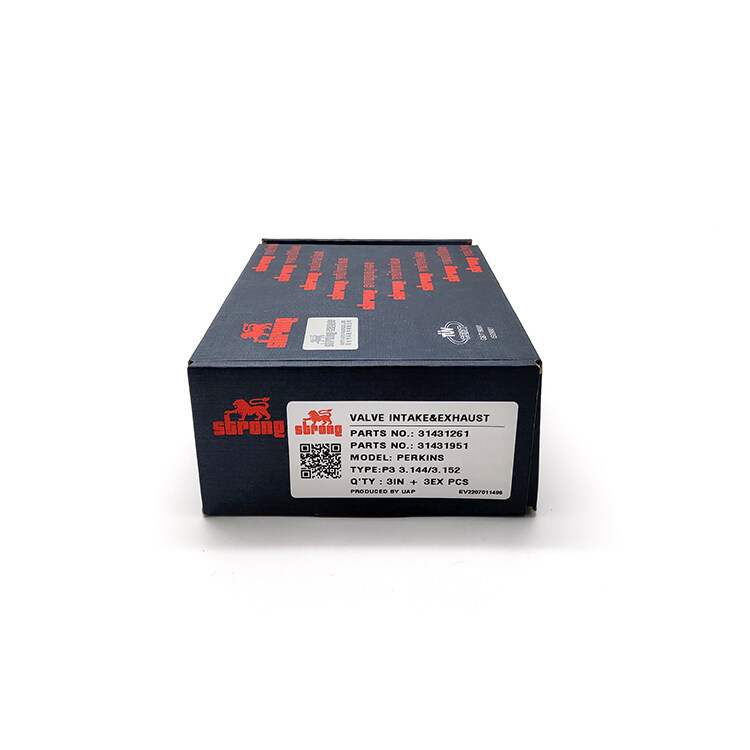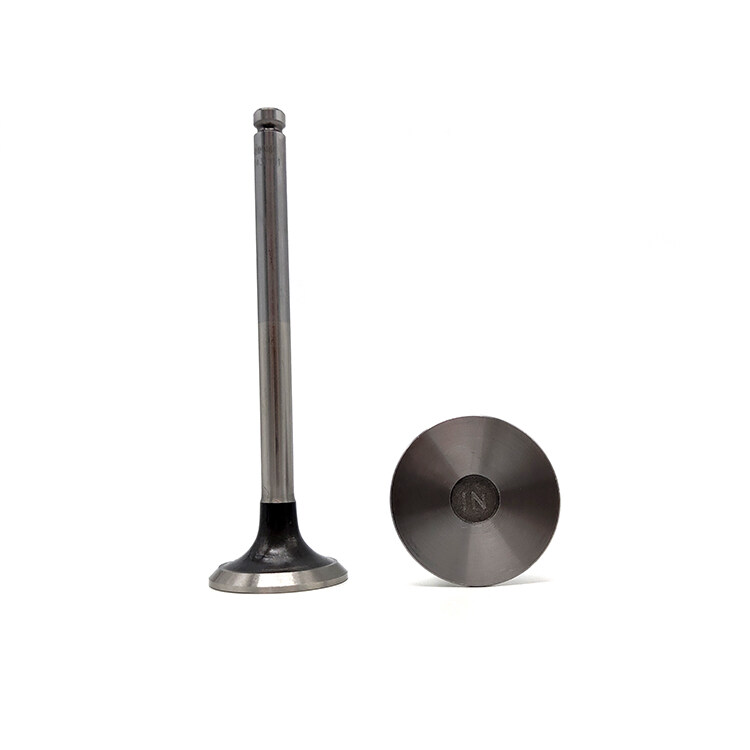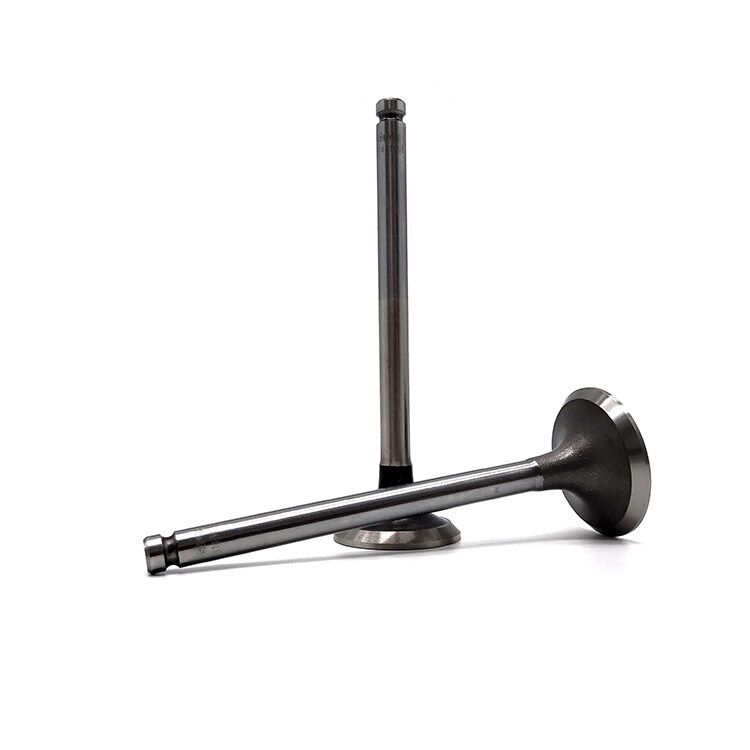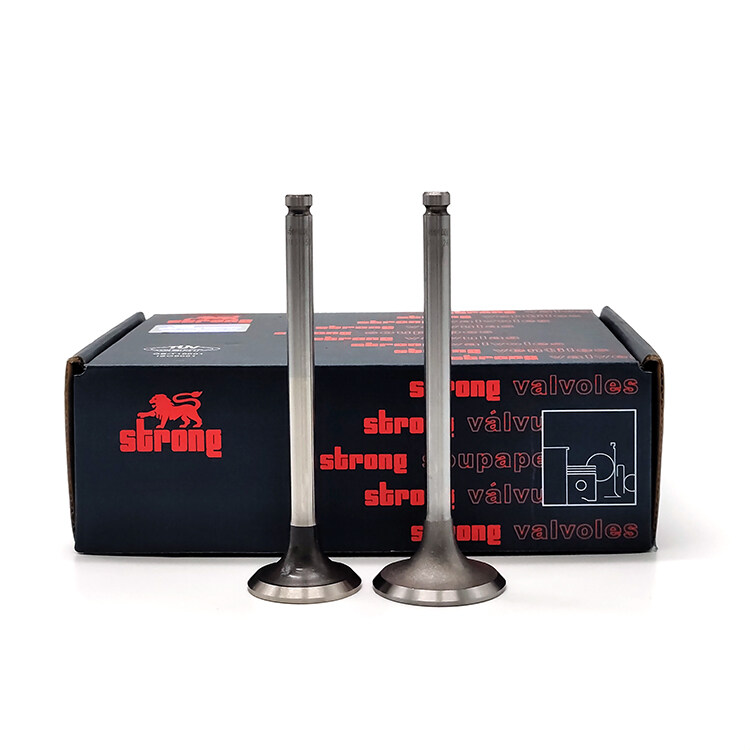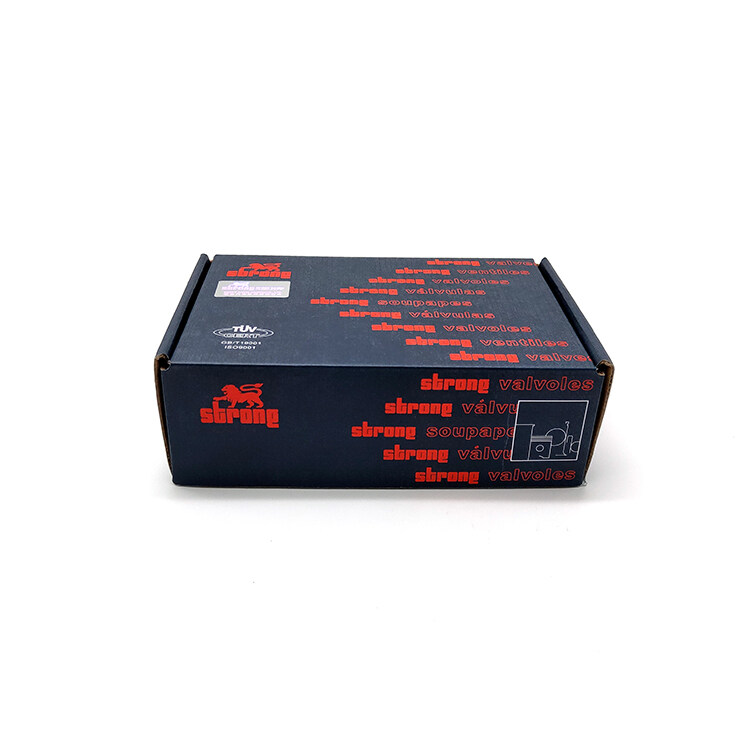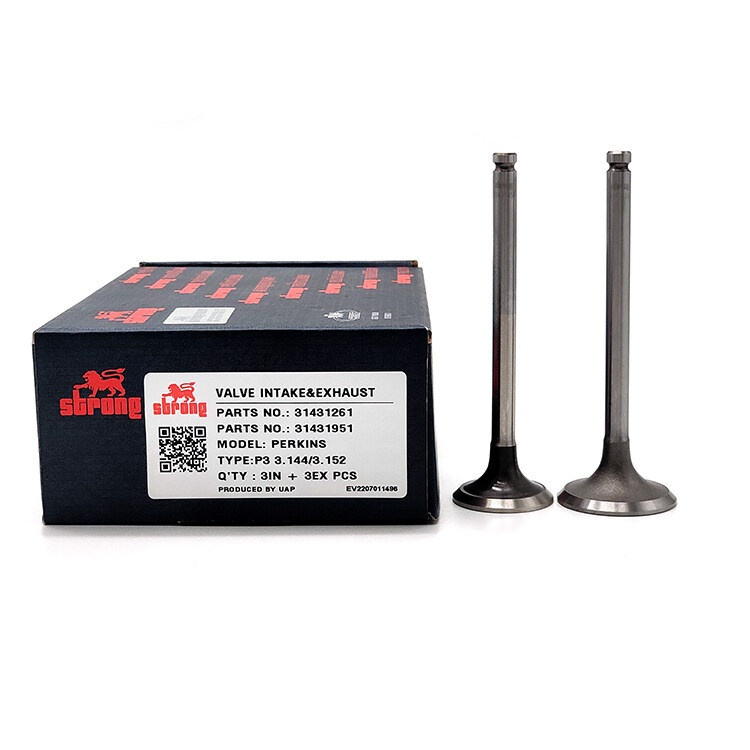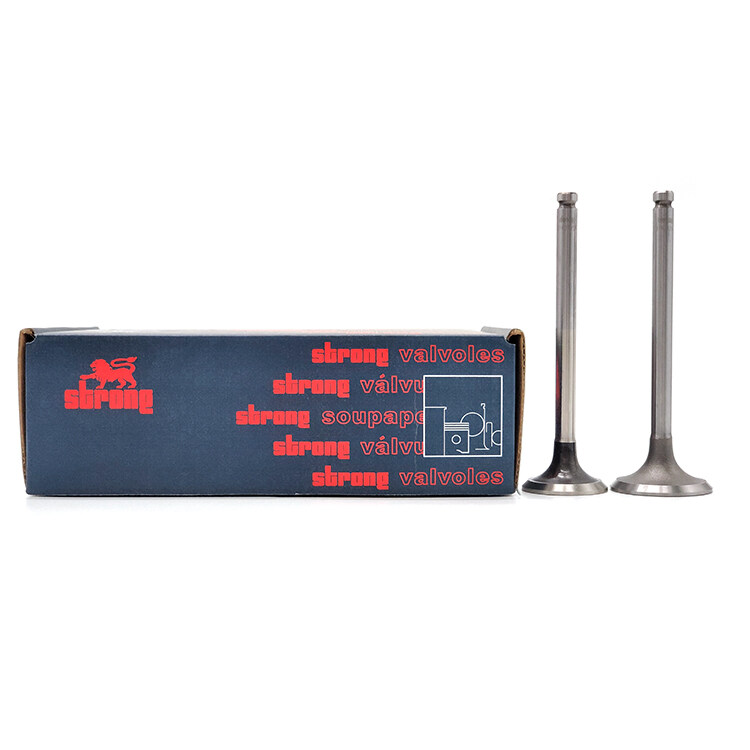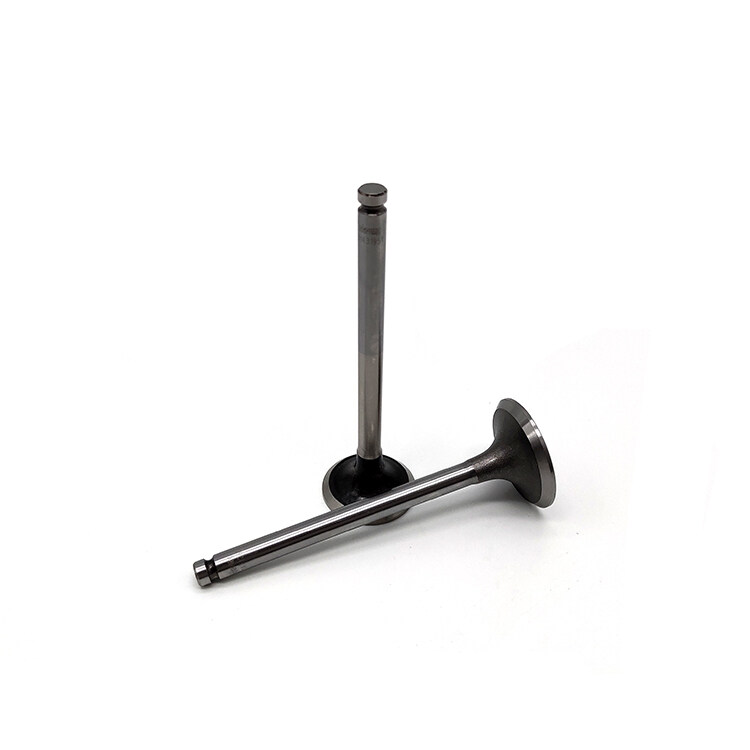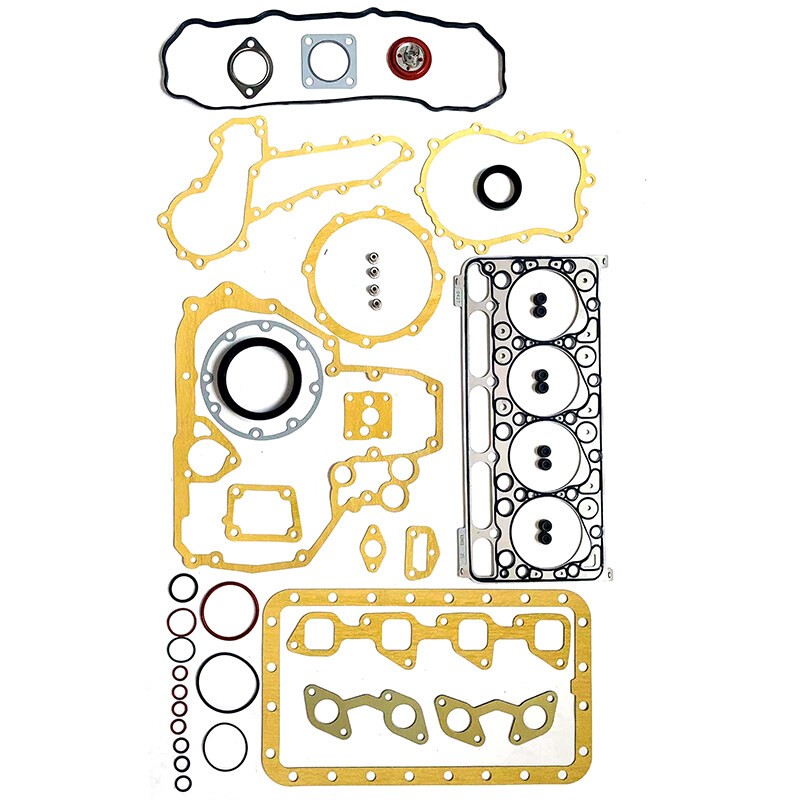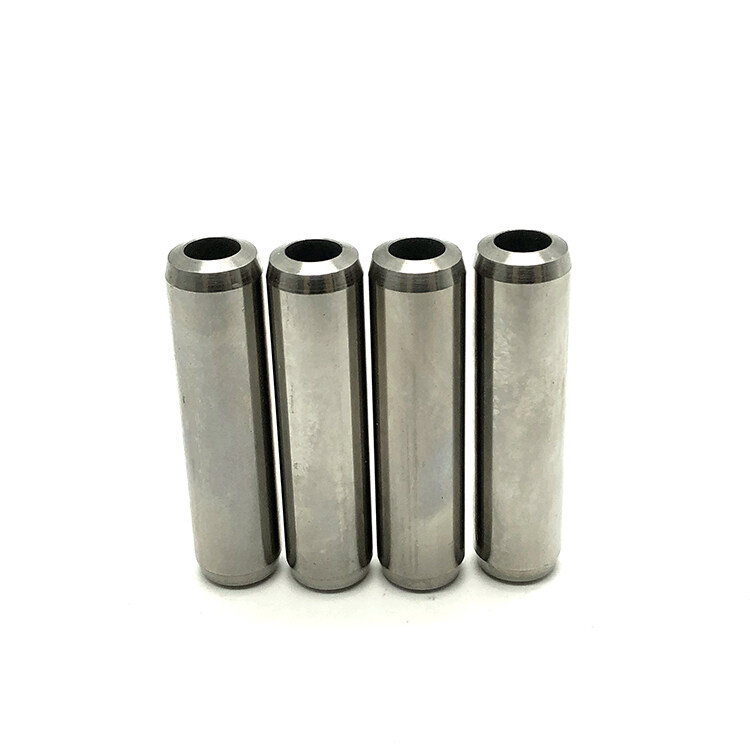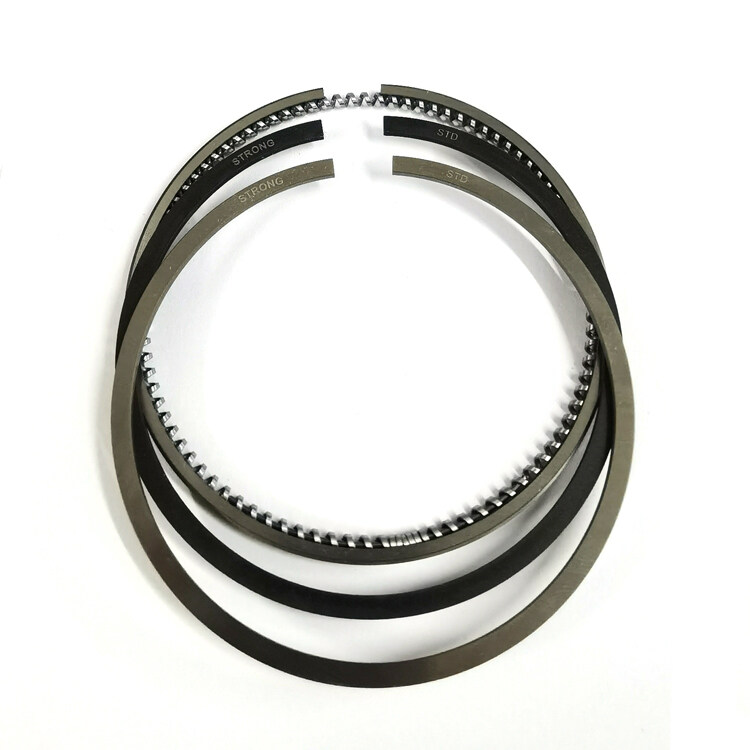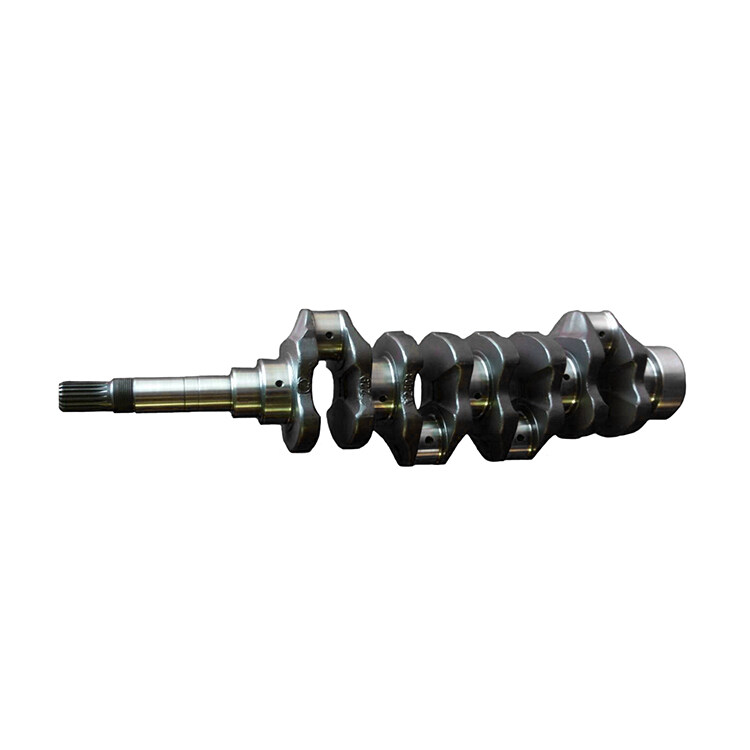Email format error
Email cannot be empty
Email already exists
6-20 characters(letters plus numbers only)
The password is inconsistent
Email format error
Email cannot be empty
Email does not exist
6-20 characters(letters plus numbers only)
The password is inconsistent

Diesel Engine Valve Intake And Exhaust Valve Wholesale 31431951 31431261
The valve is one of the most important parts of the engine's internal structure, repeating the mechanical movement of intake and exhaust every day, monotonously and mechanically. The valve can only have a better performance through accurate design!
Intake and exhaust valves are essential components of a diesel engine's cylinder head. They play a crucial role in the engine's operation by controlling the flow of air and exhaust gases in and out of the combustion chamber. Here's an overview of these two types of engine valves:
-
Intake Valve:
- The intake valve is responsible for allowing air to enter the combustion chamber during the engine's intake stroke.
- It opens at the appropriate time in the engine's four-stroke cycle to admit air into the cylinder, where it mixes with fuel for combustion.
- Properly timed and sealed intake valves ensure the engine receives the right amount of air for efficient combustion, affecting power and fuel efficiency.
-
Exhaust Valve:
- The exhaust valve is responsible for expelling the burnt exhaust gases from the combustion chamber during the engine's exhaust stroke.
- It opens at the appropriate time to allow exhaust gases to exit the cylinder and enter the exhaust system.
- Effective exhaust valve operation helps maintain engine performance, reduce emissions, and promote the safe evacuation of exhaust gases.
Both intake and exhaust valves are precision-engineered components designed to withstand the high temperatures and pressures generated during the combustion process. They are typically made from heat-resistant materials and undergo rigorous manufacturing processes to ensure durability.
Product Parameter:
|
Product Name |
Intake and Exhaust Valve |
|
Application |
Diesel Engine Parts |
|
Engine Number |
P3 3.144/3.152 |
|
OEM Number |
31431261, 31431951 |
|
Intake Size |
39.0*7.9*114.30cm |
|
Exhaust Size |
33.4*7.9*114.30cm |
|
Condition |
100% Brand-new |
|
Year |
1975-1989 |
|
Material |
40Cr for Intake Valve 21-4N+40Cr for Exhaust Valve |
|
Payment Way |
T/T, L/C, Paypal, Western Union, UPS |
|
Car Model |
Perkins |
|
Packing |
Neutral Packing |
The intake and exhaust valves are crafted from top-quality steel, making them highly durable and capable of withstanding high temperatures and pressures. This ensures that they can operate efficiently and effectively even under the most demanding conditions. The valves undergo advanced manufacturing processes that make them highly resistant to wear and corrosion, ensuring that they can maintain their performance and longevity over time.
Efficient Operation:
The valves ensuring optimal engine performance means that the valves are engineered to withstand high temperatures and pressures, which are common in heavy-duty applications. The valves are designed to open and close at precise intervals, allowing for optimal airflow and combustion within the engine. This results in improved engine performance, including increased power and torque, better fuel efficiency, and reduced emissions. In addition to their ability to withstand high temperatures and pressures, the valves are also highly durable and reliable. They are crafted from top-quality materials to maintain their performance and longevity over time. This means that the valves can continue to operate efficiently and effectively even after prolonged use, providing consistent engine performance and reducing the need for frequent maintenance or replacement.
Advanced Manufacturing Process Optimize Its High Performance:
The intake and exhaust valves undergo advanced manufacturing processes that result in optimal engine performance and longevity. The valves are designed to operate efficiently and effectively under demanding conditions, ensuring that the engine can perform at its best, even in the most challenging environments. The valves are also optimized for efficient cooling, which helps to reduce engine temperatures and improve overall engine reliability. As for their high-quality construction and optimized design, the intake and exhaust valves are also highly cost-effective. Their superior performance and durability help to reduce maintenance and replacement costs, making them a smart investment for any diesel engine owner. Furthermore, the valves are designed and manufactured with strict quality control measures in place, ensuring that they are safe and reliable for use in any engine.
The Difference Between a Throttle and an Engine Valve
Throttles and valves are quite different, both in terms of where they are installed and what they do. So what is a valve, and what is a throttle?
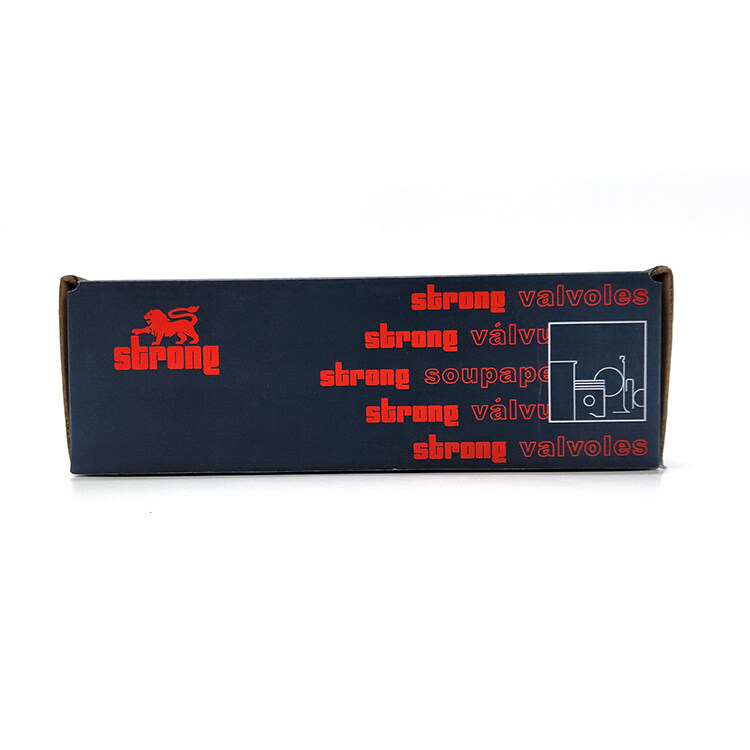
What is an engine valve?
The valve is one of the most important parts of the engine's internal structure, repeating the mechanical movement of intake and exhaust every day, monotonously and mechanically. The valve is responsible for feeding air into the engine and discharging the exhaust gases from the combustion process. In terms of engine construction, they are divided into an intake valve and an exhaust valve. The role of the intake valve is to draw air into the engine and mix it with the fuel for combustion; the role of the exhaust valve is to discharge the exhaust gases from the combustion process and dissipate the heat.
The valve is made up of a valve head and a rod section. Valve head temperature is very high (intake door 570 ~ 670K, exhaust door 1050 ~ 1200K), and also subject to the pressure of the gas, valve spring force and transmission components inertia force, its lubrication, poor cooling conditions, the requirements of the valve must have a certain strength, rigidity, heat and wear resistance. Intake valves are generally made of alloy steel (chrome steel, nickel-chromium steel), and exhaust valves are made of heat-resistant alloy (silicon chrome steel). Sometimes, to save heat-resistant alloy, the head of the exhaust valve is made of heat-resistant alloy, while the rod is made of chrome steel, and then the two are welded together.
Valve heads are available in flat top, spherical top, and flared top shapes. Flat tops are generally used. Flat top valve heads are simple in structure, easy to manufacture, have a small heat absorbing area, are small in mass, and can be used for both intake and exhaust valves. Spherical top valves are suitable for exhaust valves with high strength, low exhaust resistance, and good exhaust gas elimination, but they have a large heat-absorbing area, high mass, inertia, and complex processing. The flared type has a certain streamlined shape and can reduce the intake resistance, but its head has a large heated area and is only suitable for intake valves.
What is a throttle?
The throttle is one of the most important parts of the engine system of today's EFI cars. It is the throat of the car engine with its upper part being the air filter air grid and the lower part being the engine block. Whether the car accelerates flexibly or not, and the dirty throttle has a great relationship, throttle cleaning can reduce fuel consumption more and can make the engine flexible and powerful.
The throttle is not as discreet as the valve, it is in the intake position of the engine, it is the throat position of the air filter into the engine, it is particularly conspicuous, it is to make you pay attention to it, pay attention to it. And the movement of the throttle is not mechanical, the throttle under your foot controls the opening of the throttle.
Compared to the valve, the throttle is easy to accumulate carbon, which will affect the efficiency of the engine intake, resulting in higher fuel consumption and reduced power, at which point you will have to shell out money to comfort the throttle, give it a bath, and this is not a one-off, every 20-30,000 kilometers you better wash your throttle.
